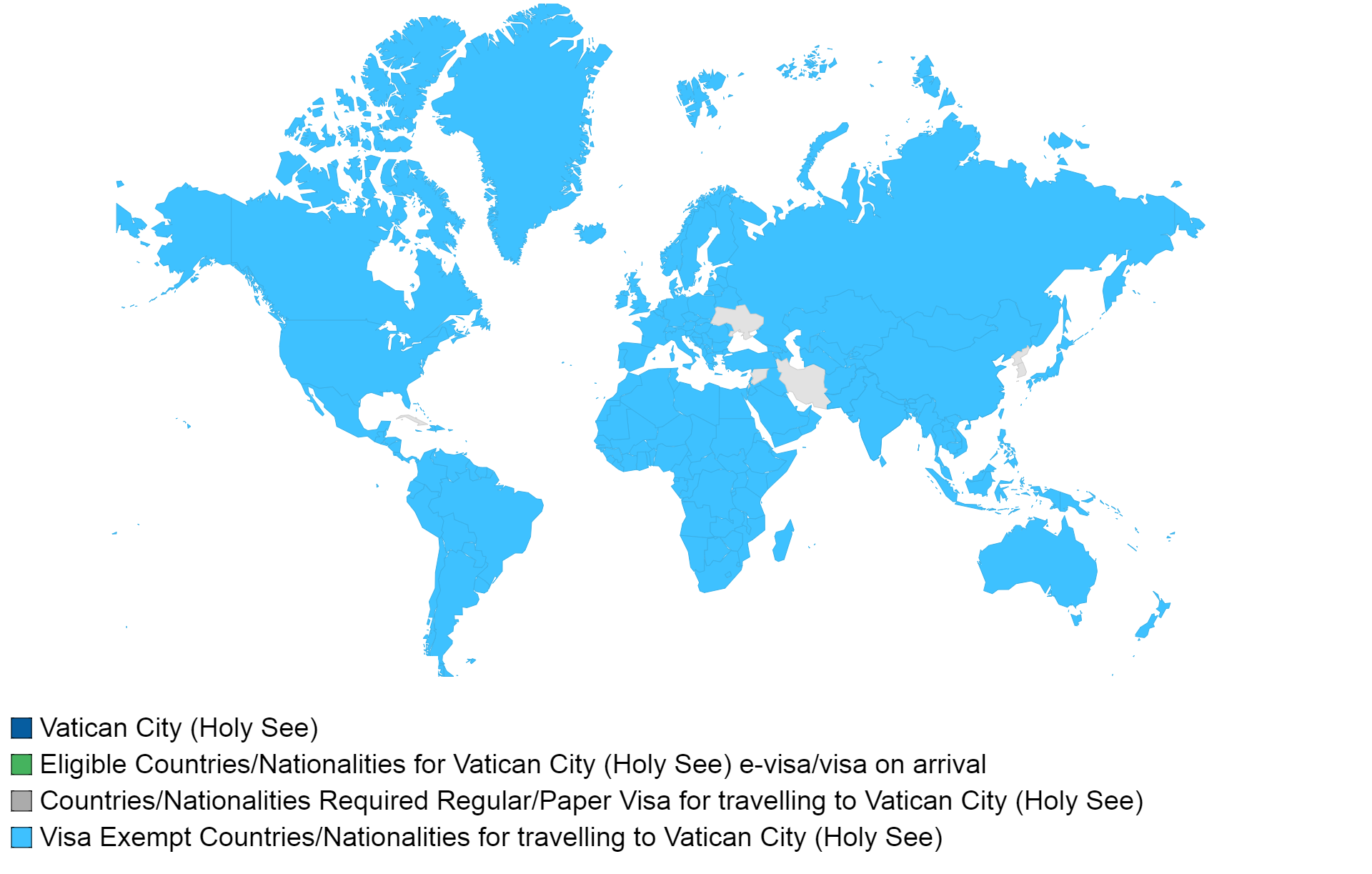
Yes, a visa is required for your trip to Vatican City (holy See).
Citizens of United States of America must obtain a visa in advance. You have to apply for visa through a Vatican City (holy See) diplomatic mission or one of its authorized visa agents outside Vatican City (holy See). You will need to visit the Embassy in your country to process this visa. Need help in getting prepare the required documentation contact us.



To help us improve